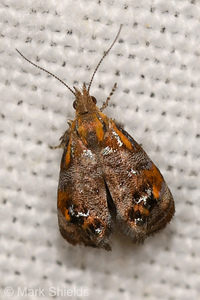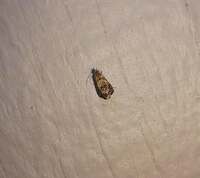
| Recorded by: Allison Garton on 2025-09-06
Moore Co.
Comment: | 
| Recorded by: Allison Garton on 2025-09-06
Moore Co.
Comment: |
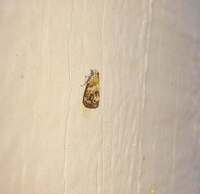
| Recorded by: Allison Garton on 2025-09-06
Moore Co.
Comment: | 
| Recorded by: David George, Jeff Niznik, Rob Van Epps, Kevin Metcalf on 2025-07-20
Richmond Co.
Comment: |

| Recorded by: Dean Furbish on 2025-07-03
Wake Co.
Comment: | 
| Recorded by: Jeff Niznik, David George, Brian Bockhahn, Jim Petranka, Becky Elkin, John Petranka on 2025-05-09
Cumberland Co.
Comment: |

| Recorded by: Jeff Niznik, David George, Brian Bockhahn, Jim Petranka, Becky Elkin, John Petranka on 2025-05-09
Cumberland Co.
Comment: | 
| Recorded by: Jim Petranka on 2024-08-11
Madison Co.
Comment: |

| Recorded by: Jim Petranka on 2024-06-28
Madison Co.
Comment: | 
| Recorded by: David George on 2024-06-20
Durham Co.
Comment: |

| Recorded by: David George on 2024-06-13
Durham Co.
Comment: | 
| Recorded by: R. Newman on 2024-05-16
Carteret Co.
Comment: |
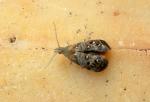
| Recorded by: R. Newman on 2023-08-23
Carteret Co.
Comment: | 
| Recorded by: Mark Basinger on 2023-08-20
Brunswick Co.
Comment: |

| Recorded by: Mark Basinger on 2023-08-20
Brunswick Co.
Comment: | 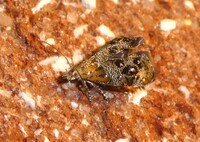
| Recorded by: Simpson Eason on 2023-07-10
Durham Co.
Comment: |
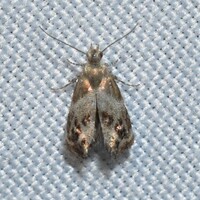
| Recorded by: Jeff Niznik on 2023-07-04
Orange Co.
Comment: | 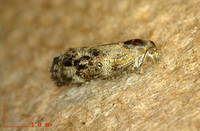
| Recorded by: David George on 2023-04-05
Durham Co.
Comment: |
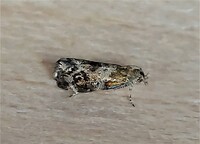
| Recorded by: Gary Maness on 2022-07-06
Guilford Co.
Comment: | 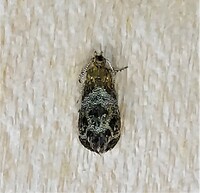
| Recorded by: Gary Maness on 2022-07-06
Guilford Co.
Comment: |

| Recorded by: Gary Maness on 2022-06-24
Guilford Co.
Comment: | 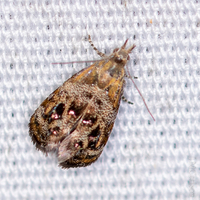
| Recorded by: David George, L. M. Carlson on 2022-06-21
Caswell Co.
Comment: |

| Recorded by: David George, L. M. Carlson on 2022-06-13
Durham Co.
Comment: | 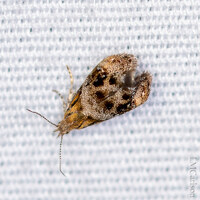
| Recorded by: David George, L. M. Carlson on 2022-05-03
Orange Co.
Comment: |

| Recorded by: David George, L. M. Carlson on 2022-05-03
Orange Co.
Comment: | 
| Recorded by: Susie Moffat on 2021-07-14
Chatham Co.
Comment: |
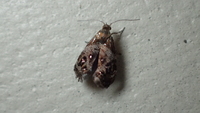
| Recorded by: Erich Hofmann on 2021-05-23
New Hanover Co.
Comment: | 
| Recorded by: R. Newman on 2021-05-21
Carteret Co.
Comment: |

| Recorded by: R. Newman on 2021-05-11
Carteret Co.
Comment: | 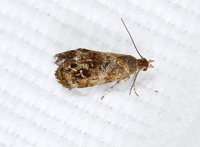
| Recorded by: Jim Petranka, Bo Sullivan and Steve Hall on 2021-05-10
Moore Co.
Comment: |
|

 »
»
